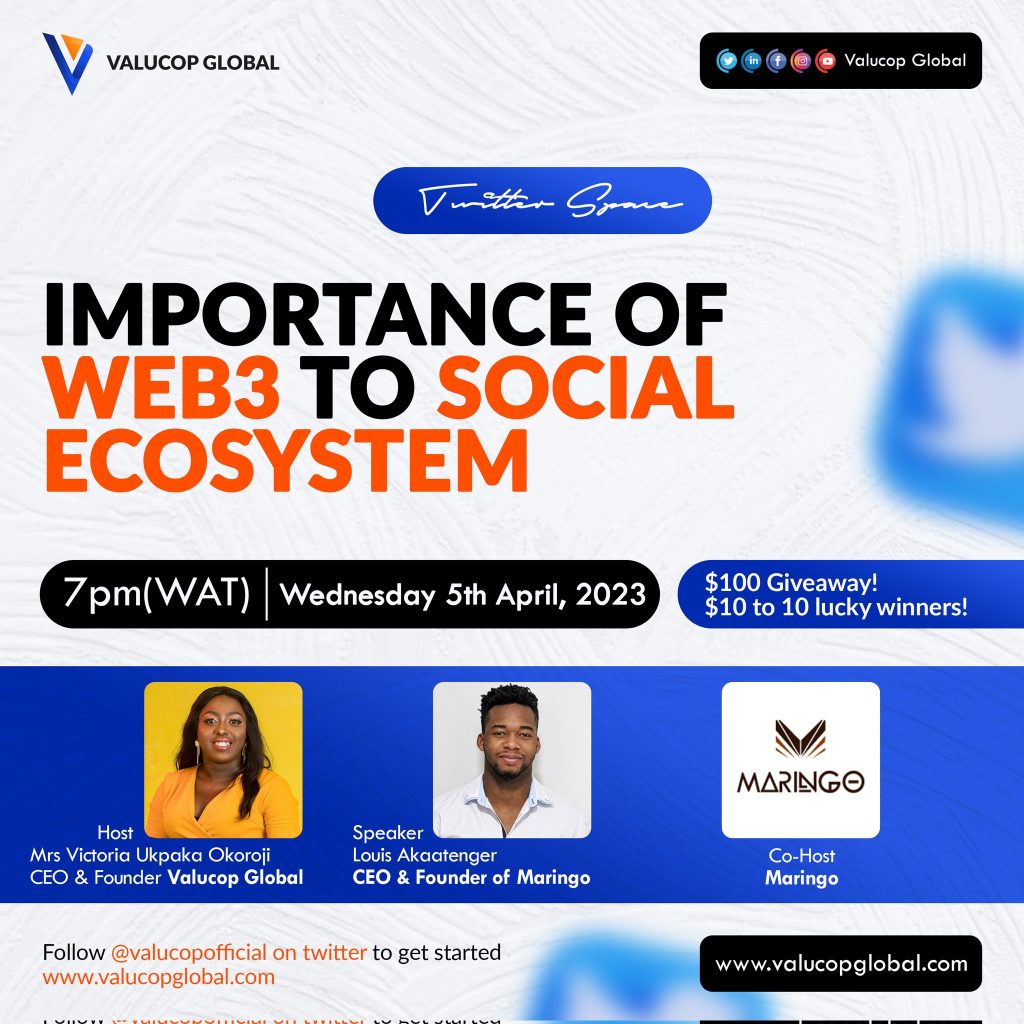The emergence of Web3, a new generation of decentralized internet technologies, is poised to revolutionize the way we interact and communicate online. From social networking and online communities to e-commerce and finance, Web3 has the potential to create a more open, secure, and user-centric web that empowers individuals and communities around the world. In this article, we will explore the importance of Web3 to the social ecosystem.
- What are the key benefits of Web3 for social networking and online communities?
Web3 technologies such as blockchain, decentralized storage, and peer-to-peer networking offer several advantages over traditional centralized systems. For social networking and online communities, Web3 can provide enhanced privacy and security, greater control over personal data, and more opportunities for user engagement and collaboration.
- How do you see Web3 changing the way people interact and communicate online, and what new possibilities does it create?
Web3 has the potential to enable new forms of online interaction and communication that are more transparent, decentralized, and user-driven. For example, social networks based on blockchain technology can give users greater control over their data and incentivize them to contribute to the network’s growth and development.

- What role do you think decentralized technologies like blockchain and IPFS will play in the future of social media?
Decentralized technologies like blockchain and IPFS can provide a more secure and resilient infrastructure for social media platforms, as well as enable new business models based on tokenization and incentivization. For example, blockchain-based social networks can reward users for creating and curating content, while IPFS can provide a more efficient and decentralized way to store and share media files.
- Some examples of successful Web3-based social platforms and communities, and what sets them apart from their centralized counterparts
Several successful Web3-based social platforms and communities have emerged in recent years, including Steemit, Minds, and LBRY. These platforms differ from their centralized counterparts in that they offer greater transparency, user control, and incentive structures based on tokens or cryptocurrencies.
- How do you envision the future of online identity and reputation in a Web3 context, and what challenges will we need to overcome to get there?
Web3 has the potential to enable more secure and self-sovereign identities, as well as new models for reputation and social capital. However, challenges such as user adoption, interoperability, and regulatory compliance will need to be addressed before these models can become mainstream.
- What are some of the potential risks and downsides of Web3 for social networking, and how can we mitigate them?
Web3 technologies can also pose risks such as increased complexity, security vulnerabilities, and the potential for fraud or exploitation. To mitigate these risks, stakeholders in the Web3 ecosystem will need to collaborate on standards, best practices, and security protocols.
- How do you think Web3 will impact the broader social and economic landscape, and what should we be doing now to prepare for this new paradigm?
Web3 has the potential to disrupt a wide range of industries and enable new forms of economic activity and value creation. To prepare for this new paradigm, individuals, organizations, and governments will need to invest in education, research, and infrastructure that supports the development and adoption of Web3 technologies.
The emergence of Web3 presents a unique opportunity to transform the social and economic landscape of the internet. By leveraging decentralized technologies and innovative incentive structures, Web3 can enable more secure, transparent, and user-driven social networks and online communities. The seven questions listed above provide a starting point for further exploration and discussion of this exciting and rapidly-evolving field.
